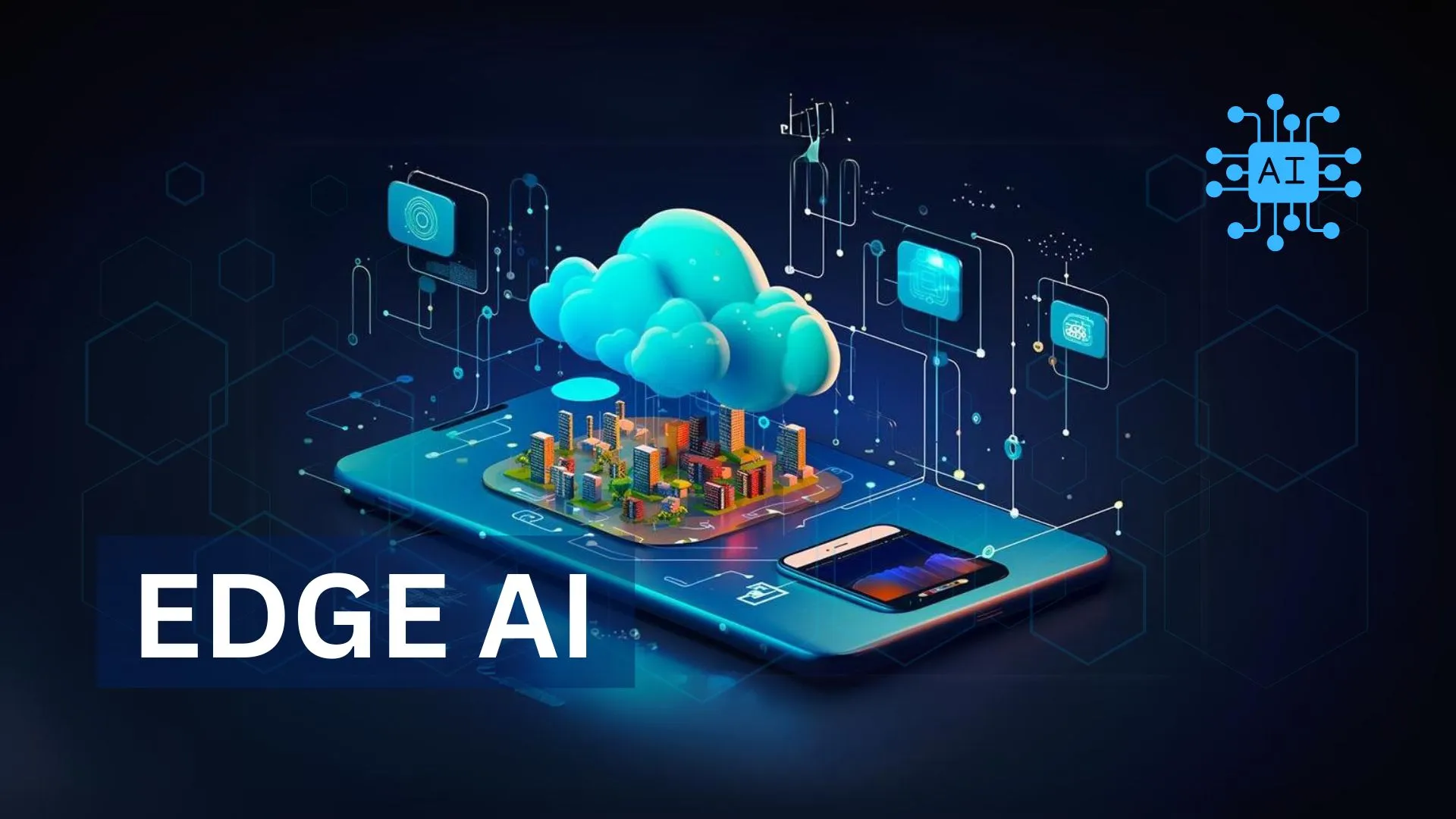
The term "edge AI" describes the direct integration of artificial intelligence (AI) capabilities into environments that use edge computing. This implies that instead of depending on centralized cloud servers, AI algorithms are run on devices at or close to the data source. For applications that demand replies in real time, this method enables quick data processing and decision-making.
Edge AI finds applications across various sectors, including:
What is Real-Time Data Processing?
Real-time data processing involves the continuous input, processing, and output of data streams as they occur. This contrasts with batch processing, where data is collected and processed at a later time. Real-time processing is essential for applications that require immediate insights and actions based on current data.
Hardware Requirements
Edge devices can include IoT sensors, cameras, and dedicated edge servers capable of running AI algorithms. Specialized chips like GPUs or TPUs are often used for AI workloads.
Software Components
AI frameworks such as TensorFlow Lite or PyTorch Mobile facilitate the development of AI models for edge devices. Data management software handles data ingestion, processing, and storage at the edge.
Network Infrastructure
Reliable network connections (Wi-Fi, cellular, etc.) support data transmission when necessary, while also allowing for offline capabilities.
Popular Edge AI Platforms
NVIDIA Jetson and Google Coral offer comprehensive solutions for developing AI applications at the edge.
Development Tools
Tools like TensorFlow Lite and OpenVINO provide optimized environments for edge AI development and deployment.
Emerging Technologies
5G connectivity will enhance Edge AI capabilities by providing faster data transmission and lower latency.
Development Predictions
Increased adoption of Edge AI across various sectors due to its advantages in speed, efficiency, and security.
Edge AI processes data locally on devices, while cloud AI relies on centralized data centers for processing.
Benefits include reduced latency, enhanced security, and improved operational efficiency.
By processing data locally, Edge AI enables faster responses and reduces reliance on cloud connectivity.
Challenges include technical integration, data management complexities, and security vulnerabilities.
Industries such as healthcare, manufacturing, transportation, and retail are seeing significant benefits from Edge AI.
Popular tools include NVIDIA Jetson, Google Coral, TensorFlow Lite, and OpenVINO.
Your email address will not be published. Required fields are marked *
Loading questions...
